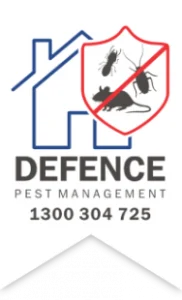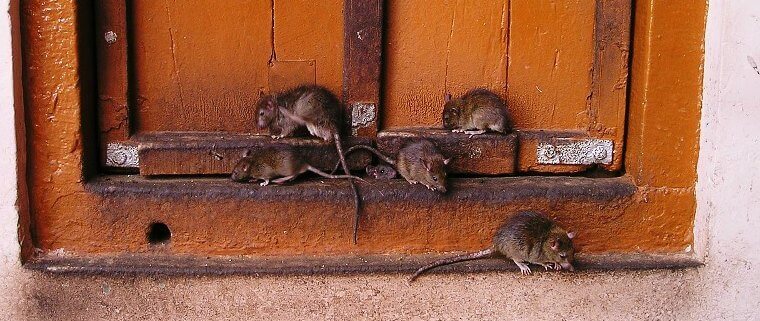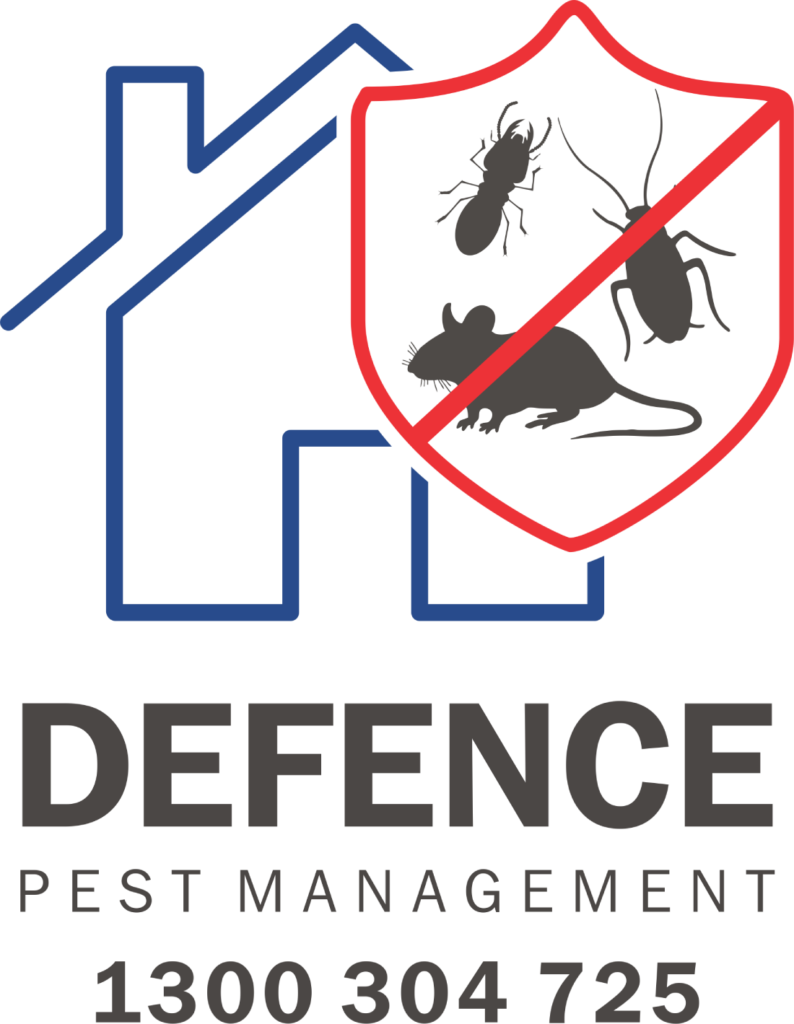Ticks are a pest that many people wrongly refer to as insects. These animals are actually more closely related to arachnids, which include species such as spiders, mites, and scorpions. Ticks can present health hazards to both humans and animals on a couple of levels. Ticks can essentially poison their host, and they can be efficient carriers of infectious diseases. Humans and animals alike may suffer from discomfort and illness after being bitten by a tick. Tick bites can result in allergic reactions, paralysis and even death. While ticks do have the potential to spread various infectious diseases, tick-borne diseases are uncommon to Australia. Nevertheless, ticks are pests that most people want eradicated from their homes and property.
How to Identify a Tick
There are several species of ticks that are common to Australia: the Paralysis Tick and the Brown Dog tick. The body shape of a tick is oval; however, after feeding their body shape will change. Even though ticks are related to arachnids, adult ticks have no antennae, no eyes, and four pairs of legs. The colour, shape, and size of the tick will depend on their species. Ticks cannot fly or jump. Because ticks can only crawl, they are generally found on the lower extremities such as the ankle or lower leg. A pest inspection can help property owners determine if they have a tick infestation on their property or in their home.
The Life Stages of the Tick
A tick will go through four life stages. These stages are: egg, larvae, nymph, and adult. Eggs typically hatch in less than 2 months and are usually found in moist surroundings. When the larvae hatch from the egg, they are no more than 1mm in length. After the larvae’s first blood meal, the larvae will moult and become a nymph. Just as the larvae, the nymph also requires a blood meal to moult and become an adult. Adult ticks will be no more than 3.5mm in length. Adults also require a blood meal in order to lay eggs or mate. The tick’s primary food source is the blood from animals such as dogs, cats, and possums.
Eradication of Ticks
Effective pest control for ticks is comprised of two methods: habitat modification and chemicals. Habitat modification entails altering the environment in or surrounding the home in order to make conditions less suitable for tick habitation and survival. Increasing sunlight and decreasing moisture are two ways to make the environment less conducive to tick infestation. Chemical treatments are another way to reduce tick populations. Chemicals may take the form of personal repellents, host treatments, or habitat treatments.







